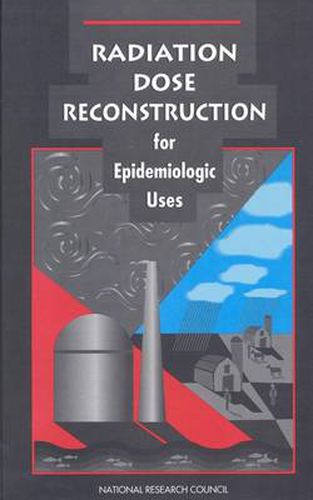Readings Newsletter
Become a Readings Member to make your shopping experience even easier.
Sign in or sign up for free!
You’re not far away from qualifying for FREE standard shipping within Australia
You’ve qualified for FREE standard shipping within Australia
The cart is loading…






Growing public concern about releases of radiation into the environment has focused attention on the measurement of exposure of people living near nuclear weapons production facilities or in areas affected by accidental releases of radiation. Radiation-Dose Reconstruction for Epidemiologic Uses responds to the need for criteria for dose reconstruction studies, particularly if the doses are to be useful in epidemiology. This book provides specific and practical recommendations for whether, when, and how studies should be conducted, with an emphasis on public participation.Based on the expertise of scientists involved in dozens of dose reconstruction projects, this volume: provides an overview of the basic requirements and technical aspects of dose reconstruction; presents lessons to be learned from dose reconstructions after Chernobyl, Three Mile Island, and elsewhere; explores the potential benefits and limitations of biological markers; and, discusses how to establish the ‘source term’ - that is, to determine what was released. It also explores methods for identifying the environmental pathways by which radiation reaches the body. It offers details on three major categories of dose assessment.
$9.00 standard shipping within Australia
FREE standard shipping within Australia for orders over $100.00
Express & International shipping calculated at checkout
Growing public concern about releases of radiation into the environment has focused attention on the measurement of exposure of people living near nuclear weapons production facilities or in areas affected by accidental releases of radiation. Radiation-Dose Reconstruction for Epidemiologic Uses responds to the need for criteria for dose reconstruction studies, particularly if the doses are to be useful in epidemiology. This book provides specific and practical recommendations for whether, when, and how studies should be conducted, with an emphasis on public participation.Based on the expertise of scientists involved in dozens of dose reconstruction projects, this volume: provides an overview of the basic requirements and technical aspects of dose reconstruction; presents lessons to be learned from dose reconstructions after Chernobyl, Three Mile Island, and elsewhere; explores the potential benefits and limitations of biological markers; and, discusses how to establish the ‘source term’ - that is, to determine what was released. It also explores methods for identifying the environmental pathways by which radiation reaches the body. It offers details on three major categories of dose assessment.